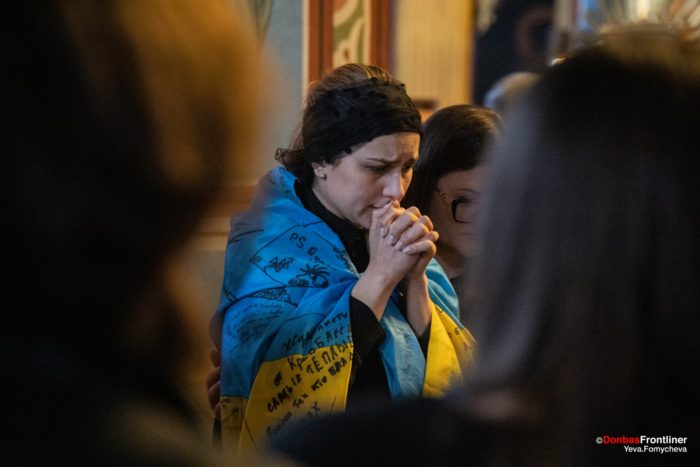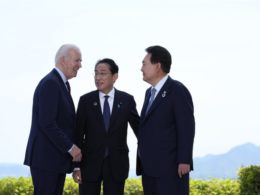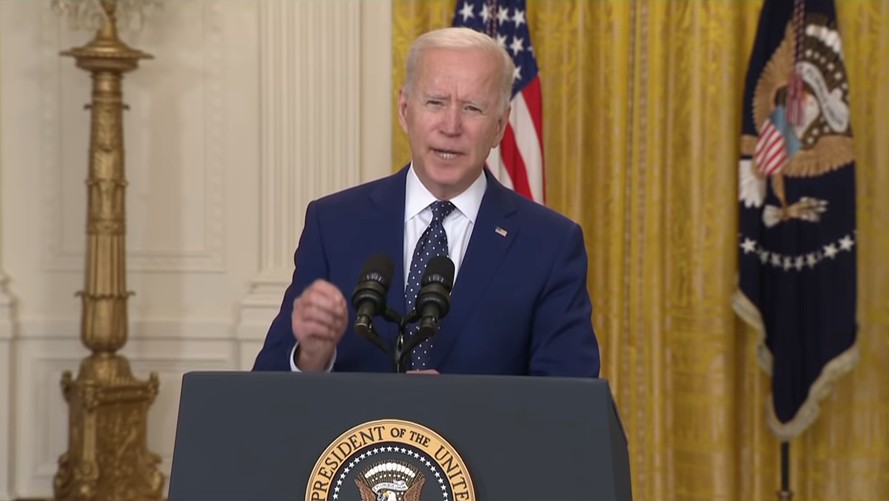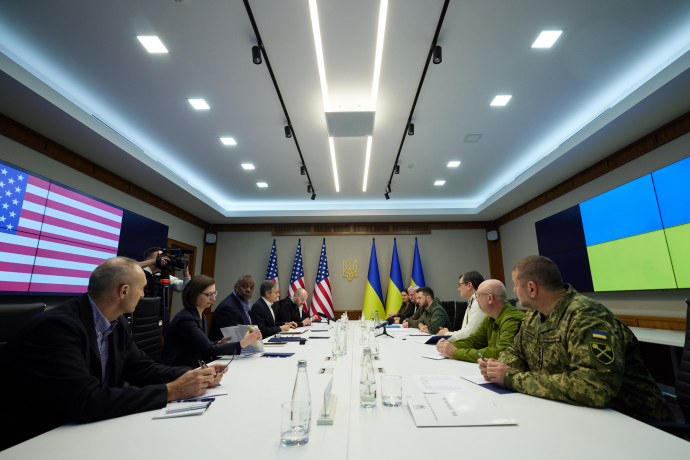Before trying to decipher President Biden's letter What America Will and Will Not Do in Ukraine, it is worthwhile to remember that the Russian strategy is a part of a long-term process. That process did not start with the war in 2014 or the invasion on 24 February. Nor will it end when the war is concluded.
According to Adam Zamoyski (historian and author),
“from 1613 to 1917 Russia expanded at a rate equating, on average, to 55 square miles per day. In the 50 years between 1772 and 1812, Russia’s border shifted westwards by almost 400 miles, and at the Congress of Vienna in 1815, which sought to restore the balance of power in Europe after the Napoleonic Wars, the Austrian Chancellor Metternich, allowed Russia’s border to move another 100 miles or so further into Europe.”
Its war in Ukraine is a part of the same historical process. Any territorial concessions are a part of the same western expansion. This is crucially important to understand before reading President Biden’s letter.
It included several clear messages on the war, collective challenges, and the US ambitions toward the Russian Federation. President Biden reiterated that the free world, led by the United States, has rallied behind Ukraine. He will continue cooperating with its allies and partners on Russian sanctions and continue delivering weapons to Ukraine. But he also stressed that the US does not seek a war between NATO and Russia and is not aiming for a regime change in Kremlin. Additionally, he once again highlighted that the US will not be directly engaged in this conflict.
The things the letter doesn't say
My problem with the letter is not so much what he says. It is the things he doesn’t say that concern me
.
“We want to see a democratic, independent, sovereign, and prosperous Ukraine with the means to deter and defend itself against further aggression,” President Biden said.
Surprisingly, he did not say anything about “the size of Ukraine,” or to be more precise: What does the end of the war look like?
President Biden did not outline his perspective of a victory.
President Zelensky’s stated ambitions are in contrast aligned with the will of the Ukrainian population: Ukraine will not cede territory and there can be no compromises at the expense of its sovereignty. Ukraine has outlined its red lines. The surrender of Ukrainian territories, citizens, or sovereignty to the enemy is impossible. The President has even outlined his aim and objective for the war in three stages
: “Stop, push them back, restore.”
West must avert long-term war in Ukraine – US Gen. Wesley Clark
Biden could have – and should have - added the phrase “within its internationally recognized borders.”
This particular phrase has been both a constant and an integrated part of all messages of support from Ukraine’s international partners for more than 8 years. Its absence is, therefore, the more remarkable.
On the contrary, he referred to a previous statement by President Zelensky that the war “will only definitively end through diplomacy,” while stressing that
“every negotiation reflects the facts on the ground. We have moved quickly to send Ukraine a significant amount of weaponry and ammunition so it can fight on the battlefield and be in the strongest possible position at the negotiating table,” he said.
That is, however, not an accurate quote. President Zelensky argued that victory can be achieved only in battle, while diplomacy is needed to settle the final details
. Diplomacy is only meant to solve the transition to peace, de-occupation of Ukrainian territories, and exchange and the return of Ukrainian military and civilian prisoners/forcibly displaced after the victory has been achieved. He has clearly stated that in a potential meeting with President Putin he will only discuss the issue of ending the war. “There is nothing else to talk about.”
President Biden stressed that he will not pressure the Ukrainian government to make any concessions while arguing that the war needs to be settled through negotiations “based on the facts on the ground.”
Since he does not outline his perception of a Ukrainian victory, does not publically support President Zelensky’s aim and objectives, does not refer to Ukraine’s internationally recognized borders, does not demand a Russian withdrawal, and does not list the weapons Ukraine need to evict Russia among the support he plans to deliver, he is indicating that Russia might be left in the position to pressure Ukraine to make the concessions it requires to end the war.
He does not offer any quick solution to the war. The US President does not indicate a timeline or address the multiple and increasingly severe ripple effects of a protracted war. Nor does he address the point raised by The New York Times editorial board:
“Americans have been galvanized by Ukraine’s suffering, but popular support for a war far from US shores will not continue indefinitely. Inflation is a much bigger issue for American voters than Ukraine, and the disruptions to global food and energy markets are likely to intensify.”
How long will the US support Ukraine?
Ukraine will define when and how the war ends, the Ukrainian Minister of Foreign Affairs said. He is right of course. Ukraine and Ukrainians will never stop fighting until Russia is evicted. If the USA support, however, has a deadline or limitations in scope, this will have a huge impact on how effectively the war will be fought and how long it will last.
Related:
- Snyder: Ten reasons Ukraine should win the war
- Why Ukraine needs rocket artillery to win the war
- Western fear of arming Ukraine holds back its victory – military expert
- West must avert long-term war in Ukraine – US Gen. Wesley Clark





